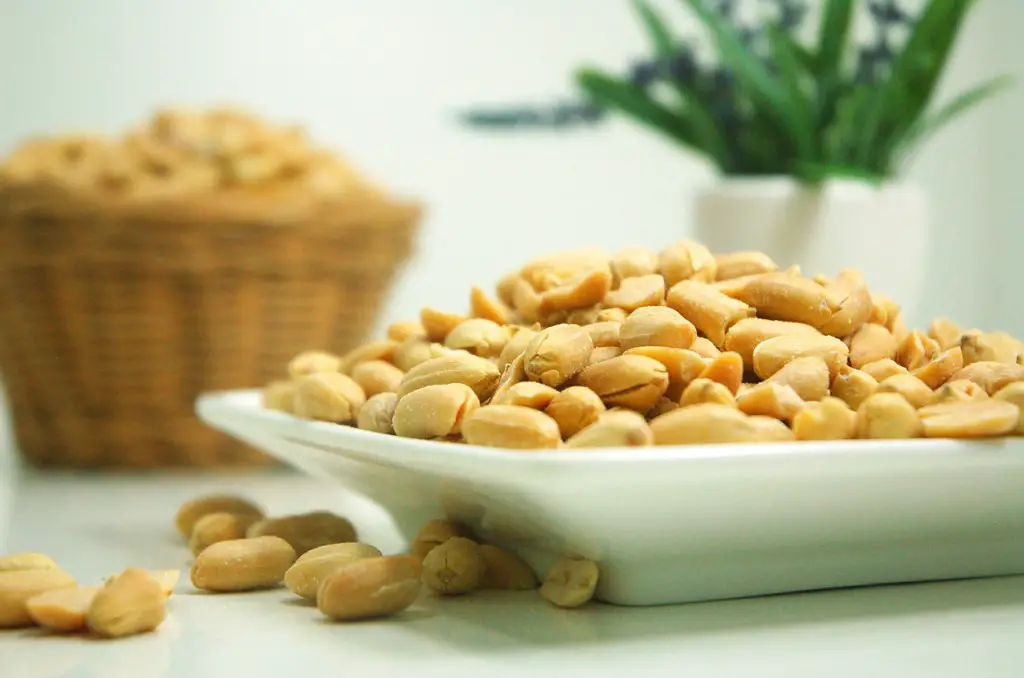Nuts and seeds have made their way into the public limelight as healthy snacks. As the adage goes, one handful a day is good for cardiovascular health and reduces risk of heart disease and stroke.
The truth – some nuts are fantastic for your health, some are not. Their high omega-6 content, high calorie density and susceptibility to being overeaten can contribute to obesity and poor health. The possible effects of choosing the wrong nuts? Chronic inflammation, weakened immune system, higher stress levels, and an inability to lose fat.
Luckily, there’s a science to choosing the best nuts for you. While all nuts have beneficial nutrients, the most important to recognize is the ratio of omega-3 to omega-6 fatty acids.
The Benefits of Omega-3 Fatty Acids
Harvard Professor of Cardiovascular Disease Prevention, Dr. Frank Sacks, provides a great rundown on the benefits of Omega-3 fatty acids:
“We need omega-3 fatty acids for numerous normal body functions, such as controlling blood clotting and building cell membranes in the brain, and since our bodies cannot make omega-3 fats, we must get them through food. Omega-3 fatty acids are also associated with many health benefits, including protection against heart disease and possibly stroke. New studies are identifying potential benefits for a wide range of conditions including cancer, inflammatory bowel disease, and other autoimmune diseases such as lupus and rheumatoid arthritis.”
The humble omega-3 is the most important of all fatty acids as our modern diets often lack it The optimal amount of consumption is a 1:1 omega-6/omega-3 ratio. The more omega-3s, the lower the risk of cardiovascular disease, reduced cancer cell proliferation, decreased mortality (70%!), and improved breathing. Seriously.
Nut and seed sources actually provide a precursor to the beneficial omega-3 fatty acids EPA and DHA, found commonly in fish and pastured animals. omega-3 fatty acids in nuts and plants are called Alpha-Linolenic Acid (ALA), a precursor to EPA and DHA. So technically speaking, fish > plant, nut, and seed sources of omega-3’s. That said, both ALA and EPA/DHA are fantastic health boosters and necessary for life.
What’s Wrong with Omega-6’s?
Good question. The answer – nothing is wrong with omega-6’s directly. It’s the ratio that’s important:
Excess omega−6 fatty acids affect the health benefits of omega−3 fats because they compete for the same rate-limiting enzymes. The higher proportion of omega-6 to omega-3 fat in the diet can shift a physiological state in the tissues toward the creation of many diseases: pro-inflammatory , pro-thrombotic (clot-forming) and pro-constrictive (nerve pain).
So which nuts and seeds are going to bulletproof your health? Check out the table below.
| Food | Size (1oz/28g) | Calories (kcal) | Omega-3 (g) | Omega-6 (g) | 6:3 ratio (rounded) | Other | Rating |
|---|---|---|---|---|---|---|---|
| Almonds | 1 oz | 167 | 0.0 | 3.5 | Infinite | Manganese, Vitamin E, Magnesium, Fiber | C- |
| Brazil Nuts | 1 oz | (in progress) | 1000 : 1 | Selenium | C | ||
| Cashews | 1 oz | 161 | .045 | 2.145 | 48:1 | Copper | C- |
| Chestnuts, roasted | 1 oz | 69 | .026 | 2.17 | 8.3:1 | Great ratio, fiber | B |
| Chia seeds | 1 oz | 137 | 4.9 | 1.6 | 0.3 : 1 | Manganese, Phosphorus, Calcium, Fiber | A+ |
| Flax seeds | 1 oz | (in progress) | 1.8 | 0.4 | 0.2:1 | Magnesium, Phosphorus | A+ |
| Hazelnuts, roasted | 1 oz | 181 | .017 | 2.35 | 140:1 | Manganese, Copper, Vitamin E, Fiber | C |
| Macadamia Nuts | 1 oz | 201 | .0549 | .365 | 7:1 | Great ratio, but high calorie | C |
| Pecans | 1 oz | 199 | .28 | 5.48 | 20:1 | Manganese, Copper | C |
| Pine Nuts | 1 oz | 188 | 0.03 | 9.4 | 313:1 | Manganese (5x most nuts), Magnesium, Copper, Phosphorus, Vitamin K, Vitamin E | D |
| Pistachios, roasted | 1 oz | 160 | 0.07 | 2.8 | 40:1 | Manganese, Copper | C |
| Pumpkin seeds, whole, roasted | 1 oz | 125 | 0.02 | 2.5 | 125:1 | Zinc, Magnesium | D |
| Sesame seeds, roasted | 1 oz | 158 | 0.1 | 5.78 | 58:1 | Manganese, Copper, Calcium, Magnesium, Iron | C+ |
| Walnuts, English | 1 oz | 183 | 2.6 | 10.8 | 4.2:1 | Manganese, Copper | A+ |
(sources: NutritionData and Tufts)
Things to Consider
All Omega-6 and Omega-3 facts considered, every nut (that isn’t a peanut or pumpkin seed) is going to be a huge step up from other food choices. A handful of any of these is a good supplement to a diet, and certainly outranks fruit snacks, soda, fruit juices, and most processed carbohydrates. Just to put nuts into perspective, almonds have been linked with a decrease in cardiovascular disease, improved immune system function, and improved brain function. And I gave that a C-. That should put the power of chia seeds or flax seeds into context.
Overall, you can’t go wrong with a few nuts and seeds. Just don’t go overboard. The high calorie nature of nuts means it is very easy to overeat them. Stick with a handful at max. The only exceptions to my rule: chia and flaxseeds. Oh, and chestnuts are rated so highly because they have almost no fat. The bulk of its content is complex carbohydrates and fiber – an oddity among nuts.
Want to know more about the “Other Benefits” functions of vitamins and minerals? Check out these 2 giant cheat sheets: vitamins and minerals.
Questions, data, or seething hatred? Let me know in the comments!

